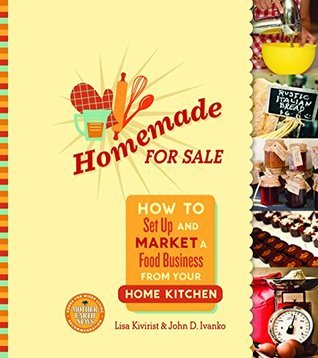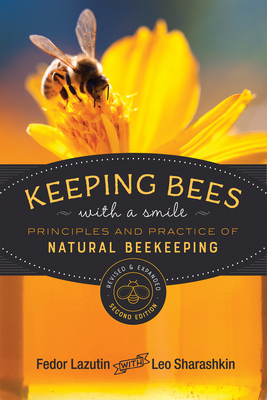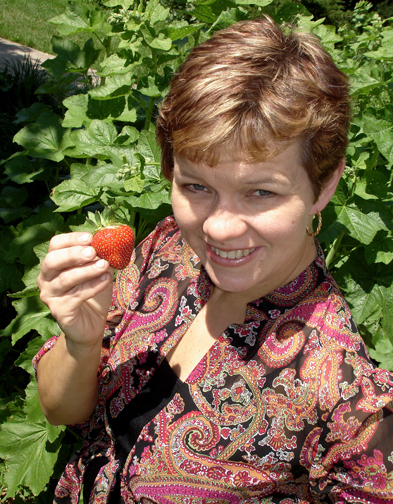


Books in series

Your Green Home
A Guide to Planning a Healthy, Environmentally Friendly, New Home
2006

The Homeowner's Guide to Renewable Energy
Achieving Energy Independence through Solar, Wind, Biomass and Hydropower
2006

Earth-Sheltered Houses
How to Build an Affordable Underground Home
2006

Gardening When It Counts
Growing Food in Hard Times
2006

The Home Energy Diet
How to Save Money by Making Your House Energy-Smart
2005

Earthbag Building
The Tools, Tricks and Techniques
2004

Green Remodeling
Changing the World One Room at a Time
2004

Solar Water Heating
A Comprehensive Guide to Solar Water and Space Heating Systems
2006

Microhydro
Clean Power from Water
2003

Homemade for Sale
How to Set Up and Market a Food Business from Your Home Kitchen
2015

Keeping Bees with a Smile
Principles and Practice of Natural Beekeeping
2013

Power From the Wind
Achieving Energy Independence
2009

Power from the Sun
A Practical Guide to Solar Electricity
2009

Backyard Biodiesel
How to Brew Your Own Fuel
2015

Common Sense Forestry
2002

Alcohol Can Be a Gas
Fueling an Energy Revolution
2006

Alcohol Fuel
Making and Using Ethanol as a Renewable Fuel
2009
Authors


Dan has spent much of the past 30 years studying sustainability and applying what he has learned in solar energy, natural building, and green building to his residences, and most of the last ten plus years sharing the practical knowledge he has gained through writing, lectures, slide shows, and workshops. Dan Chiras paid his last electric bill in June of 1996. It is not that he has disavowed the use of electricity and modern conveniences, but rather that he has turned to the sun and wind to meet his family's needs.

As a pioneer in the cottage food industry, both covering the national movement for publications as well as championing for the passage of a “Cookie Bill” in Wisconsin, Lisa Kivirist is on the cusp of the latest trends. Lisa and her husband and co-author, John D. Ivanko, are food-loving entrepreneurs. Together, they’ve authored Homemade for Sale, Farmstead Chef, ECOpreneuring and Rural Renaissance. Lisa is a regular presenter at numerous national conferences and library, university and community events. She is a recognized spokesperson for the national sustainable agriculture and farm-to-table movement, featured in the New York Times, USA Today, Conde Nast Traveler, MSNBC and on various radio programs across the country, including Martha Stewart Radio, the Sirius Satellite network and “Good Food” on KCRW. Lisa is a distinguished Kellogg Food and Society Policy Fellow and a national advocate and leader for women in sustainable agriculture. She initiated and directs the Rural Women’s Project of the Midwest Organic and Sustainable Education Service (mosesorganic.org/projects/rural-women...), an award-winning initiative providing resources and networking for women farmers and food-based entrepreneurs. As a freelance journalist, she has contributed to Mother Earth News, Urban Farm, Mother Earth Living, Hobby Farms and Natural Awakenings. Lisa Kivirist and John Ivanko are innkeepers of the award-winning Inn Serendipity Bed & Breakfast, completely powered by renewable energy. Their B&B features local, seasonal vegetarian cuisine prepared with ingredients harvested from the Inn’s organic gardens. For more, see innserendipity.com. They also write and speak about culinary travel and ecotourism trends. Lisa and John share their organic farm in Browntown, Wisconsin, with their son, a ten-kilowatt Bergey wind turbine and millions of ladybugs.
